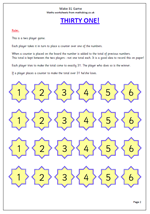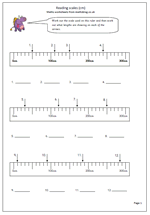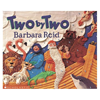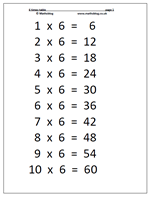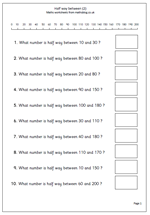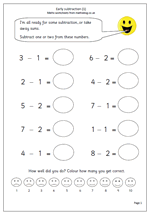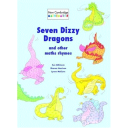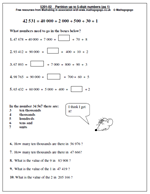This is a great game for two players to help with mental addition of small numbers. Each player takes it in turn to place a counter over one of the numbers. When a counter is paced on the board the number is added to a joint total. It is a good idea to write the totals down as you go along, or there might be a dispute!
Each player tries to make the total come to exactly 31. The player who does so is the winner.
If a player places a counter to make the total over 31 he/she loses.
This is a game of strategy and there are times when the total can not be reached (perhaps if all the ones have been covered).
